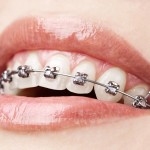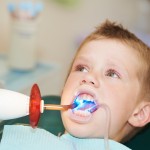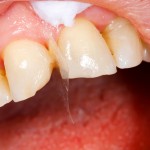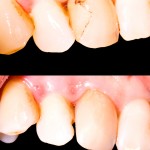
This review of the failure rates of different orthodontic bonding materials included 80 studies with 34 contributing to the quantitative component. The findings suggest little difference between the self-etch primer and conventional acid-etch primer and a poorer performance for glass ionomer compared with self-cure resin. However the findings should be interpreted cautiously because of the low certainty of the available evidence.
[read the full story...]

